The Boundary-Defying Artist Returns With His Most Personal Work Yet
In a converted industrial space in Manhattan's Lower East Side, Leo Kim has unveiled STUDIO 24 – an intimate exploration of memory, identity, and creative process that marks a significant evolution for the multidisciplinary artist.
Kim, whose work has consistently defied easy categorization, presents his most cohesive and personally revealing collection to date. STUDIO 24 transforms the viewing experience into an immersive journey through the artist's creative consciousness.
"This collection isn't about finished products or polished presentations," Kim explains, standing amid the deliberately unfinished installation. "It's about exposing the raw elements of how ideas form and transform. I wanted to recreate the energy of my actual studio – a space where nothing is ever truly complete."
THE EXHIBITION
Unlike Kim's previous gallery presentations, STUDIO 24 abandons traditional display methods. The space is divided into four interconnected zones that flow organically into each other, mimicking the artist's creative process rather than presenting a linear narrative.
The collection features a striking array of textile sculptures, experimental garments, large-scale photographs, and video installations – all unified by Kim's exploration of his Korean-American identity and his examination of how memory shapes perception.
Central to the exhibition is "The Memory Room," a chamber where visitors walk through suspended fabric panels printed with fragmented family photographs and handwritten notes. The translucent layers create a disorienting effect as images appear to shift and merge depending on the viewer's perspective.

THE GARMENTS
Perhaps most striking are Kim's experimental garments, which reject conventional fashion categorization while remaining hauntingly wearable. Constructed from repurposed materials – including his grandmother's hanbok, industrial safety fabrics, and hand-dyed textiles – these pieces exist in the liminal space between clothing and sculpture.
"I don't consider myself a fashion designer," Kim insists. "These garments aren't meant for seasonal collections or trend cycles. They're physical embodiments of specific emotional states – wearable expressions of complex feelings that resist verbal articulation."
Each garment is presented alongside its development process – sketches, material tests, and video documentation of its construction – creating a transparent narrative about artistic labor that's typically hidden from final presentations.
THE RESPONSE
The art world's response has been immediate and enthusiastic. Critics have praised Kim's vulnerability and technical innovation, with several major institutions already expressing interest in acquiring pieces for their permanent collections.
"What makes STUDIO 24 significant is how it dismantles the artificial boundaries between different creative disciplines," notes curator Sarah Hammond. "Kim isn't interested in whether something is categorized as fine art, fashion, or design. He's focused entirely on emotional authenticity and material storytelling."

For Kim, who spent the last three years developing this collection in relative seclusion, the public reveal represents both an artistic milestone and a personal catharsis.
"STUDIO 24 is named after the actual space where I've worked and lived for the past decade," he reveals. "This collection honors that physical environment as a container for transformation. As I prepare to leave that studio later this year, this exhibition serves as both documentation and release."
STUDIO 24 will remain on view at the Foundation Space through November 15, with a series of artist talks and performance events scheduled throughout its run.
Leo Kim: STUDIO 24 is open Tuesday-Sunday, 11am-7pm at Foundation Space, 137 Ludlow Street, New York.
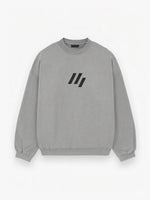
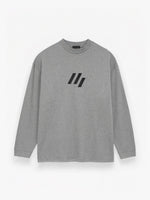
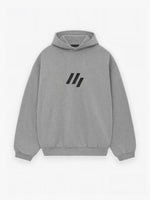
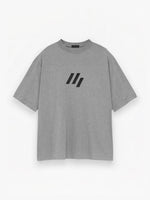

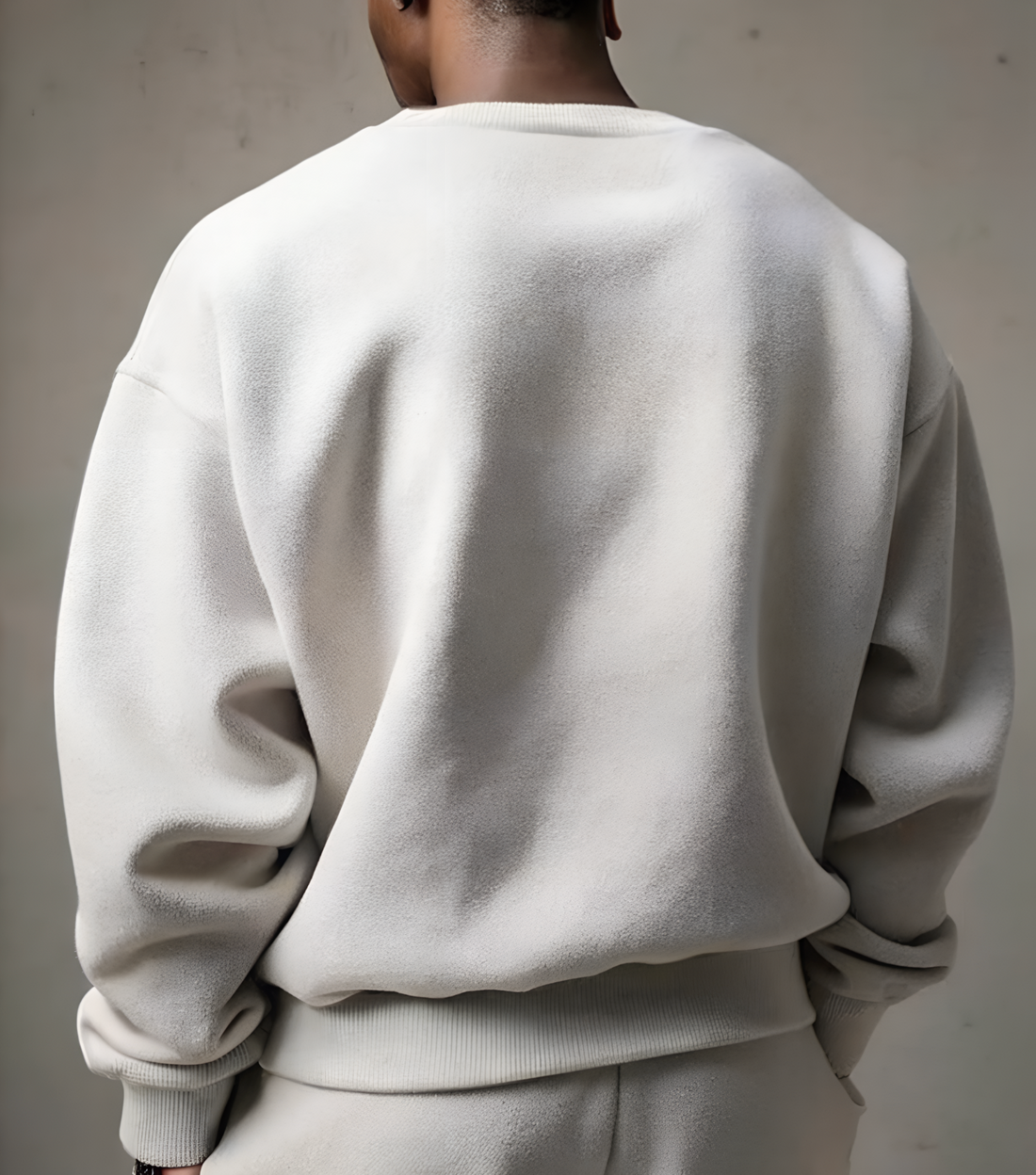

1 comment
Love this article